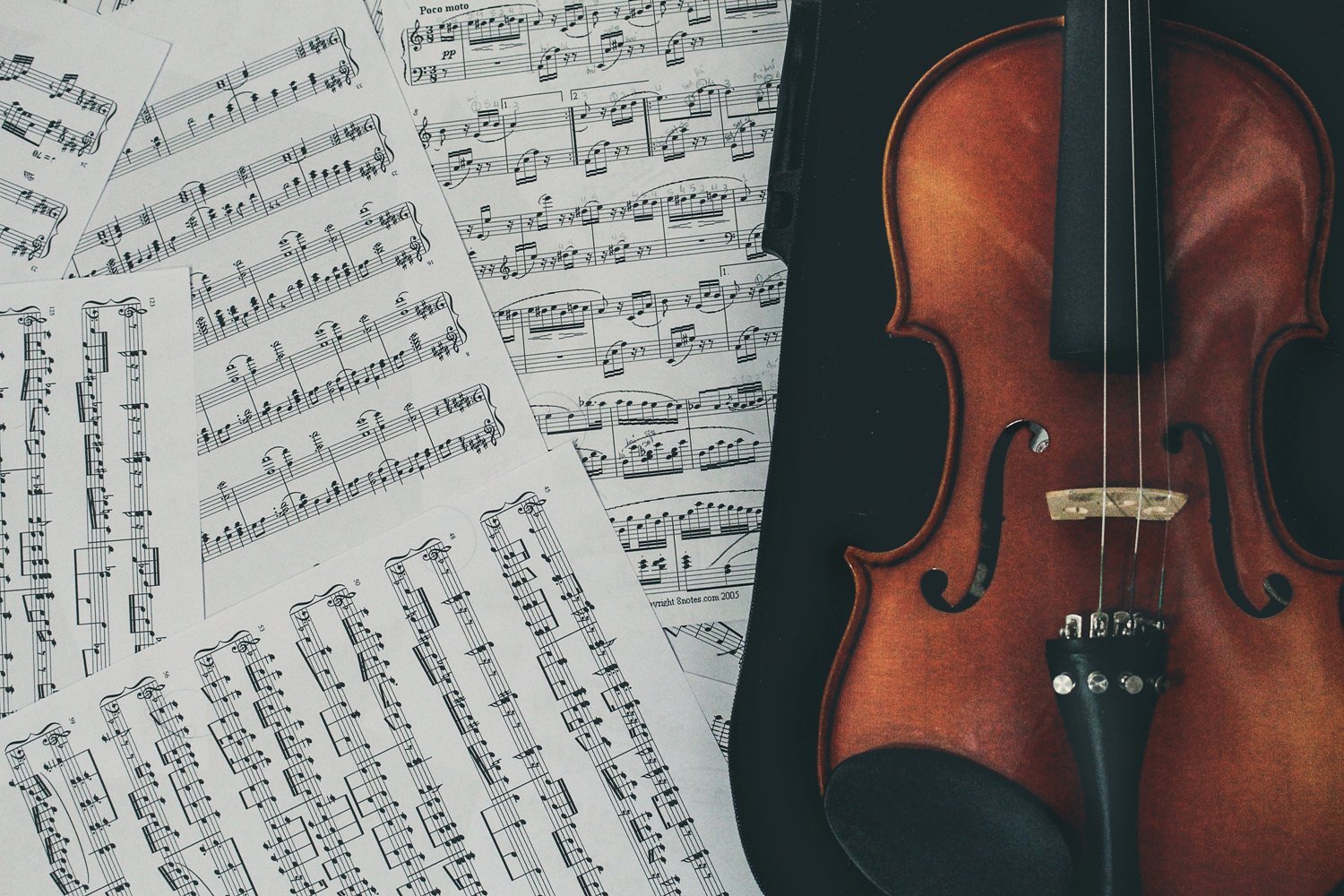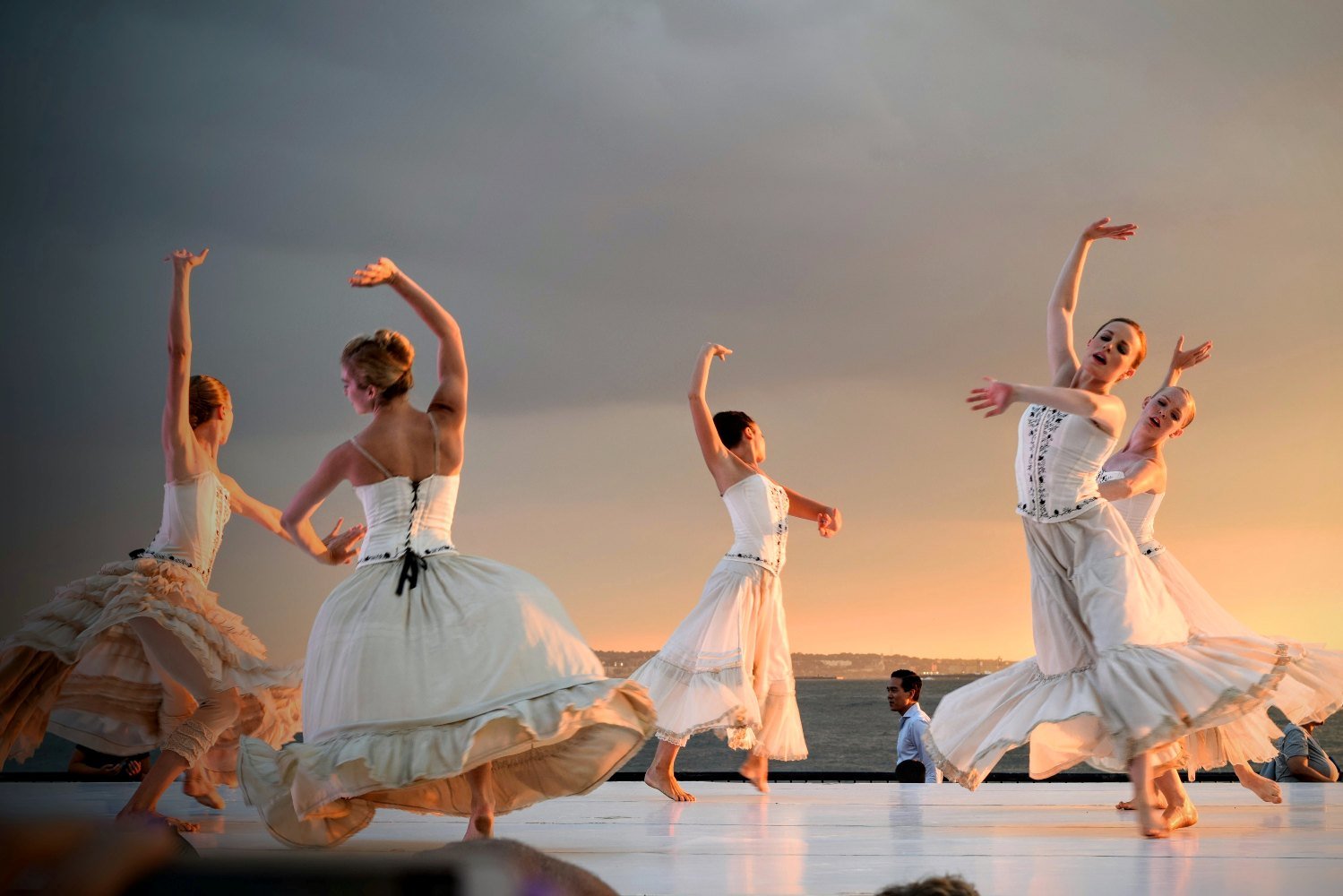Multiple intelligences: What is it, Characteristics and Meanings
Multiple intelligences
What are the multiple intelligences?
Multiple intelligences refer to a thinking model that proposes the existence of a set of capacities and abilities, which can be developed by people based on biological, personal and social factors.
This approach was first published in 1983 by Professor Howard Gardner, a psychologist, researcher and professor at Harvard University, specializing in the analysis of cognitive abilities.
The 8 types of multiple intelligences according to Gardner
Howard Gardner states that there are 8 types of potential capacities and abilities, which can be developed and expressed depending on the influence of biological, psychological and cultural factors. We will explain each one below.
1. Linguistic-verbal intelligence

It has to do with an efficient development of language function and a marked ability to read, write and communicate orally.
Journalists, writers, speakers, and people whose work involves addressing large numbers of people (such as religious pastors) respond to this profile.
2. Logical-mathematical intelligence

It is expressed with an ability to solve abstract problems that may be related to mathematics, logic or geometry. It also manifests with an ability to find number patterns.
Scientists and professions or trades that require a high capacity to solve numerical problems (accountants, economists, etc.) usually have this profile.
3. Spatial intelligence

It is the ability to create mental images and project them into reality, either through sketches, models, etc. It also has to do with a sense of orientation in space.
Architects, graphic designers, draftsmen, landscapers are professionals who could fit this profile.
4. Musical intelligence

It is presented as an ability to play instruments, sing, understand, and create music.
It is the profile of musicians, singers and music teachers.
5. Kinesthetic intelligence

It is the ability for conscious movement, that is, for the efficient use of the body in areas that require it. This involves hand-eye coordination, a sense of balance, speed, and flexibility.
Dancers, gymnasts and athletes have this type of highly developed intelligence.
6. Intrapersonal intelligence
It is the ability of the individual to know himself and, based on that, develop his potentialities. This implies the recognition of emotions and the search for efficient solutions based on what he feels.
A person with deep self-knowledge has greater capacities to face life's challenges and to evaluate problems and opportunities in a more objective way.
7. Interpersonal intelligence
It refers to the ability to relate to the other in an efficient and healthy way, identifying the needs of other people and being empathetic to them.
It is the quintessential profile of therapists, volunteers and teachers.
8. Naturalistic intelligence

It is the ability of some people to establish links or relationships between elements of nature that belong to the same group. They have a marked affinity for nature, for the observation of plants or animals and for their conservation.
Biologists and in general, people interested in nature have this type of intelligence.
Howard Gardner's Theory of Multiple Intelligences
In the late 1970s, psychologist and researcher Howard Gardner realized that there was not always a relationship between an outstanding academic life and the ability to generate solutions in other areas of life.
In educational institutes, emphasis is placed on the development of linguistic intelligence and logical-mathematical intelligence, but not enough attention is usually paid or other potential abilities are stimulated. Not surprisingly, what the IQ measures are only those two types of intelligence, which could be overlooking the potential of children in other areas.
From there arose the research that resulted in the Theory of Multiple Intelligences . According to Gardner's theory, multiple intelligences are a response to the challenges that human beings have faced throughout their evolution, for which a person with the ability to do mathematical operations very quickly and without the need to use a calculator It could be as smart as another that shows a high level of creative skills.
With this theory, the aim is to show that human beings have multiple intelligences that go beyond what can be measured with the IQ index, and that these skills can be used based on greater individual and collective productivity.
Howard Gardner and his team were able to identify 8 different types of abilities and skills in their research. According to his theory, a person may have more than one of these types of intelligence, but only one of them will prevail over the others.
Other types of multiple intelligences
After the publication of Gardner's theory, new contributions have emerged on multiple intelligences, in which other capacities are added that have apparently emerged as a way of responding to the new current social dynamics, which require new perspectives and solutions. .
However, for some specialists, these new types of intelligence would be the result of the combination of some of the categories proposed by Gardner in the past.
Emotional intelligence
It is a mix between interpersonal intelligence and intrapersonal intelligence. It expresses itself in a high capacity to recognize one's own and other people's emotions and establish social relationships in which empathy prevails.
Business leaders, and in general people who manage groups efficiently, have this type of intelligence more developed.
Creative intelligence
It refers to the development of artistic skills and their ease of expressing them outside the cognitive plane.
Painters, advertising creatives, composers, graphic designers, visual artists, possess this type of intelligence.
Collaborative intelligence
It is the ability to provide solutions in a network or group, in order to find a solution or develop something that is of interest to the participants.
The term “collaborative intelligence” was coined at the end of the nineties to respond to the phenomenon of groups of people interacting on the web - without necessarily knowing each other - to create something together, such as Wikipedia editors or developers of Applications.
- Update date: March 10, 2021.
Recommended Contents
- Annexes (What they are, Characteristics and Meanings)
- Discovery of America
- Equipment: (What they are, Characteristics and Meanings)
- Triple Alliance (What they are, Characteristics and Meanings)
- Types of culture
- Types of science
- What are Annexes
- What are Castes of New Spain?
- What are Social Movements
- What is Equipment
- What is Fire
- What is Meme
- What is Triple Alliance
- What is the Conquest of America
- What is the right to life